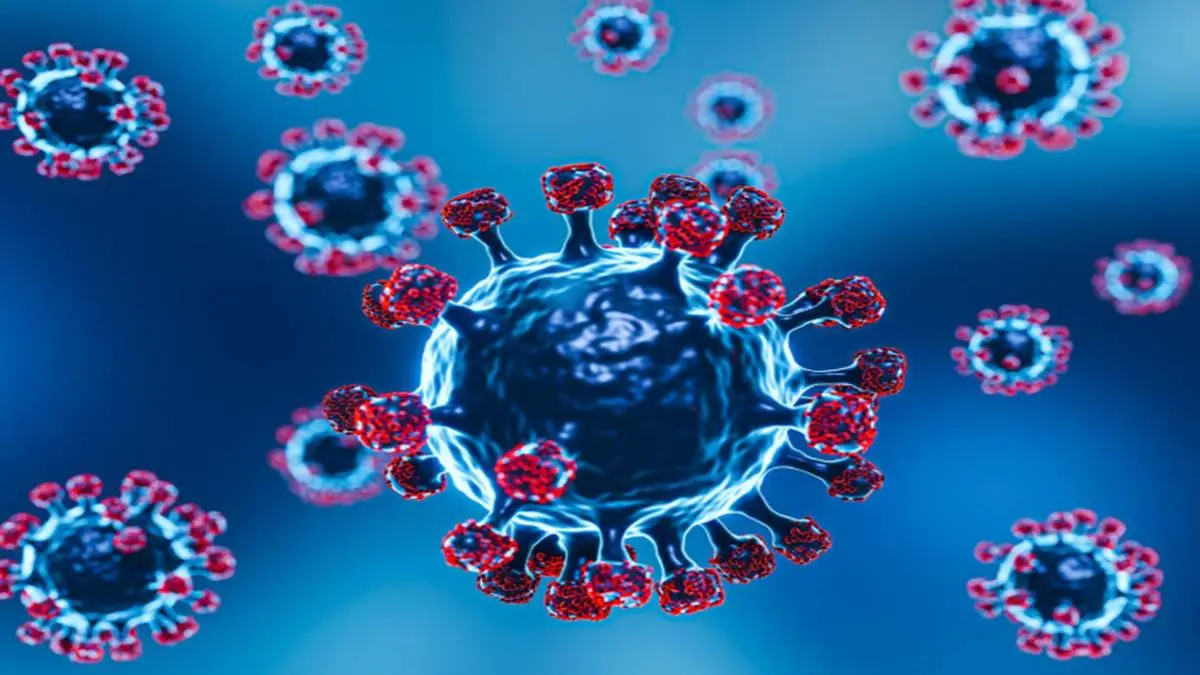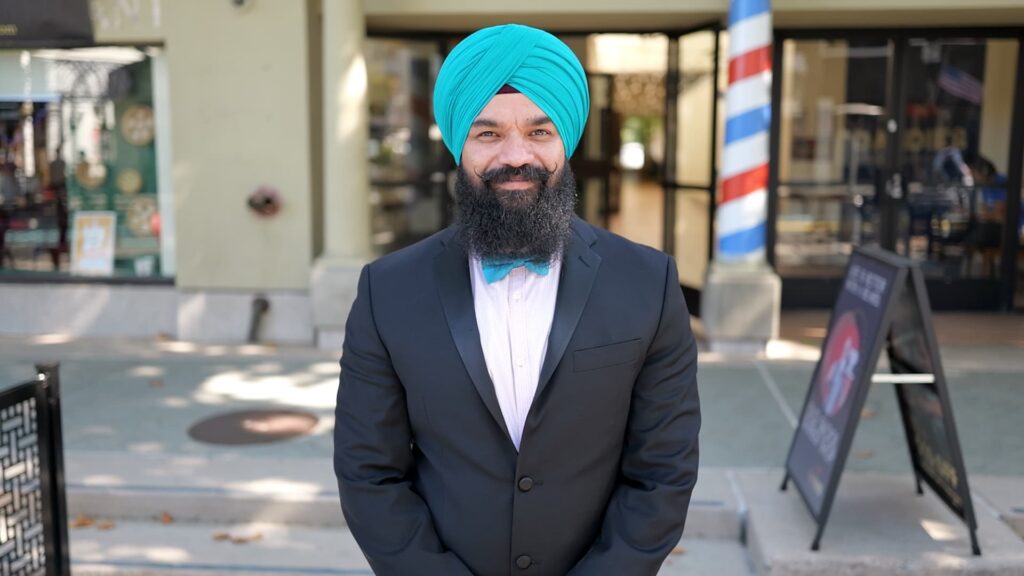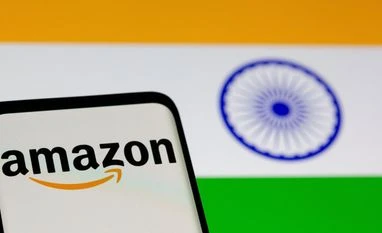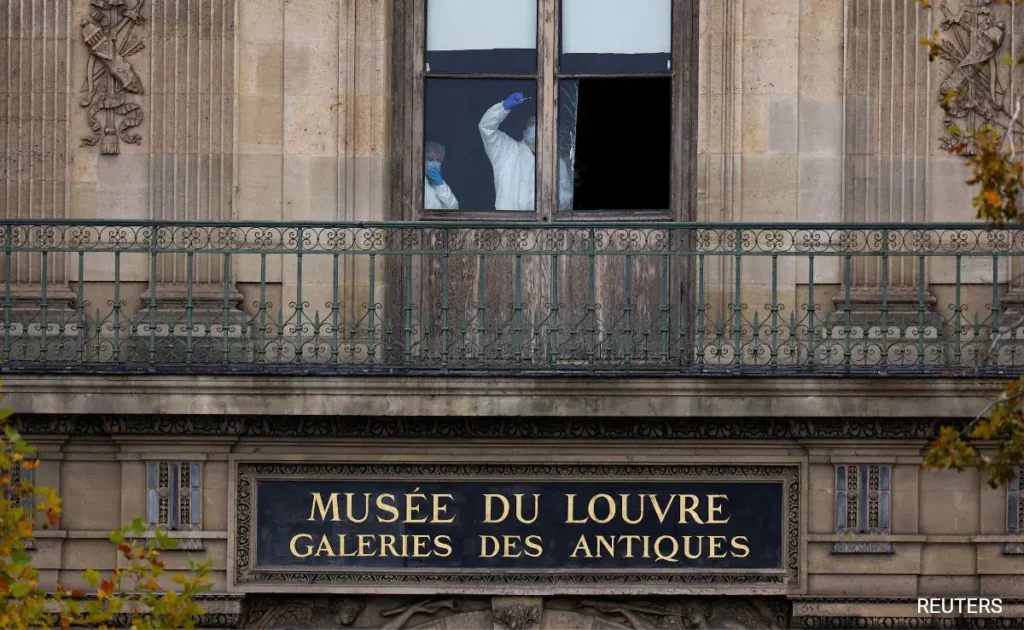Now Reading: COVID-19 cases surge in India: Doctor warns these groups are at most risk
-
01
COVID-19 cases surge in India: Doctor warns these groups are at most risk
COVID-19 cases surge in India: Doctor warns these groups are at most risk

India is witnessing a noticeable surge in COVID-19 cases once again, sparking concern among health authorities and the public. While the current rise appears moderate compared to previous waves, doctors are cautioning that certain groups remain at elevated risk. These include the elderly, individuals with pre-existing health conditions, and those with weakened immunity. Timely precautions and community awareness are key, especially in Tier 2 and Tier 3 cities where healthcare access may be limited.
Rising Numbers and Statewise Impact
Recent health reports indicate a steady uptick in daily COVID-19 infections, particularly in states like Kerala, Maharashtra, and Delhi. While many patients report mild symptoms, hospital admissions are gradually increasing for high-risk groups.
Tier 2 cities such as Nagpur, Jaipur, and Indore are also beginning to report clusters of cases, largely linked to public gatherings and reduced mask usage in closed spaces.
Groups Most at Risk
According to health experts, the following groups are at the highest risk during this fresh wave:
- Senior citizens (aged 60 and above)
- Patients with diabetes, heart disease, or chronic respiratory conditions
- Individuals on immunosuppressants or post-organ transplant
- Cancer patients undergoing chemotherapy
- Pregnant women (especially in the third trimester)
Doctors warn that while the new strain may seem less severe overall, it can still cause serious complications in these groups, including prolonged illness and hospitalization.
Symptoms and Testing Trends
The dominant symptoms in this wave include fever, fatigue, sore throat, dry cough, and body aches. Unlike earlier variants, severe lung complications are less common, but fatigue and post-viral weakness are frequently reported.
Healthcare professionals are urging citizens with symptoms to get tested early and avoid self-medication. Home isolation is advised for mild cases, while oxygen levels and vitals should be regularly monitored.
Precautionary Measures Re-emphasized
While no nationwide lockdowns or curfews have been announced, local health departments are reinstating guidelines such as:
- Wearing masks in crowded indoor spaces
- Avoiding non-essential travel for vulnerable individuals
- Promoting vaccination booster doses
- Sanitizing frequently touched surfaces
Schools, offices, and marketplaces in Tier 2 cities are being urged to follow basic COVID protocols, especially ventilation and hygiene practices.
Healthcare System Preparedness
Medical authorities claim that hospitals are better prepared now, with oxygen supplies, teleconsultation facilities, and isolation wards in place. However, the focus remains on preventive action to avoid overburdening healthcare infrastructure, particularly in smaller towns and semi-urban regions.
Public health messaging is being strengthened at the community level to combat misinformation and encourage early medical intervention.
Conclusion
As India navigates yet another wave of COVID-19 infections, the message from healthcare experts is clear: caution, not panic. While the majority of infections remain mild, high-risk groups must stay vigilant. With timely testing, responsible behavior, and community awareness, the impact of this surge can be effectively managed — especially in Tier 2 and Tier 3 cities, where healthcare challenges and population density make early action even more critical.

























